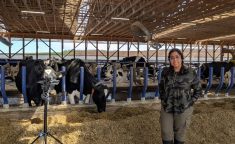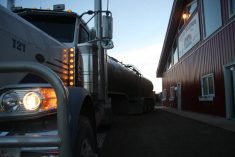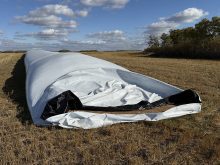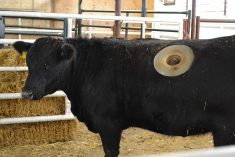The risk of flooding in Alberta this spring due to run-off is minimal, but there is still a risk from heavy rains, say Alberta government officials.
Renee Hackney, a public affairs officer with Alberta Environment and Sustainable Resource Development, said a recent forecast shows there’s no specific flooding concerns due to run-off from the snowpack at this time.
“The snowpacks on the mountains are currently around average. They’re pretty normal,” Hackney said. “There’s nothing of concern right now, other than seepage which is pretty normal.”
Read Also
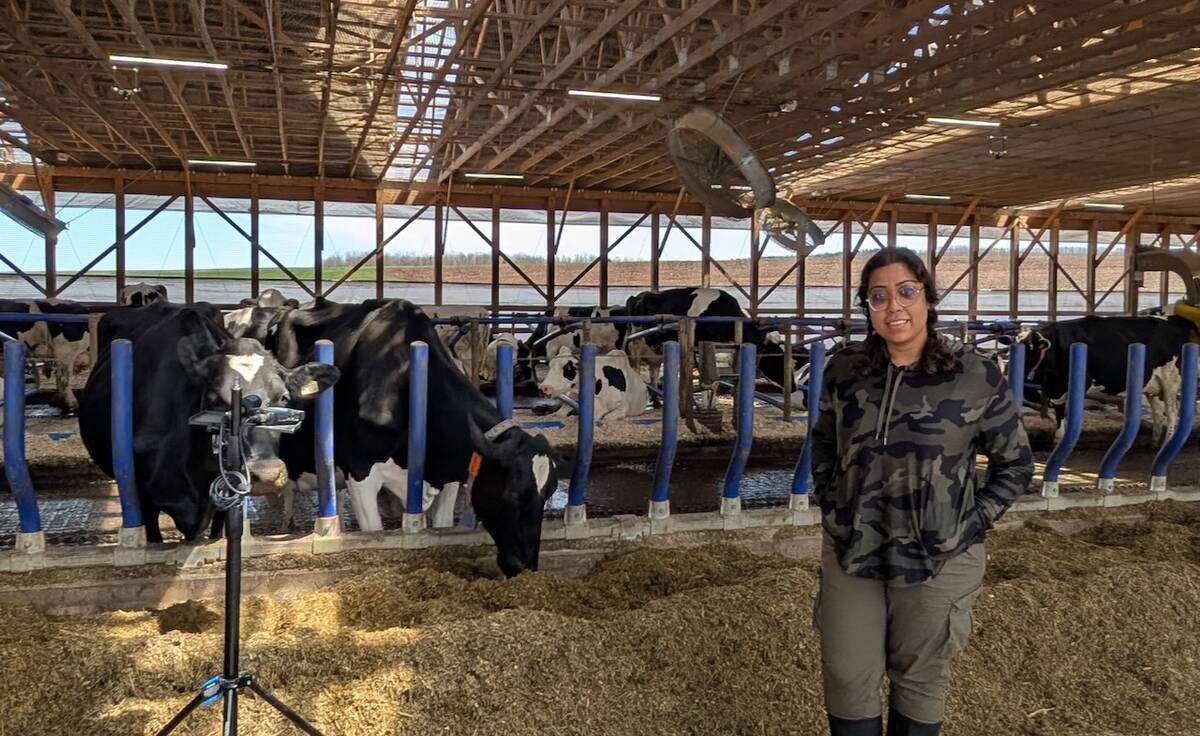
Moo translator and methane measures: There’s an app for that
Dalhousie University researchers use artificial intelligence to create new dairy farm apps that analyze cattle sounds and measure methane.
Most flooding in Alberta is driven by rainfall, she said, which can only be forecasted a few days in advance. “So far this year we’re looking good.”
The snowpack north of Drumheller is currently higher than average. However, Hackney pointed out in other areas of the province the ground is almost bare. She said her department does monitor river levels and contacts municipalities if they see a potential problem, as well as posting advisories on its website.
Brad Andres, emergency program manager for Alberta Agriculture, said that website, as well as the Alberta Emergency Alert site, are two resources to watch if there’s a flooding concern.
Andres said spring run-off is normally not much of a problem in Alberta, unlike Saskatchewan and Manitoba. However, he suggested those who live near creeks, rivers or streams keep an eye on the water, especially during ice breakup. He said everyone should have a plan on how to deal with potential flooding.
“Pay special attention to animal housing and where they’re housed,” Andres said. He said to have a plan to move the livestock to higher ground, including a way to get food and water to them. “You don’t want them drinking the flood water in case of whatever contamination happens up stream,” he said.
Operations that can’t move their animals, such as poultry or hog farms, should figure out how to protect their livestock in case of a flood. Andres said options could include trucking them to a neighbour’s place, or building a dike around the barn.
“That’s really an individual farm thing,” he said. He reminded farmers if they’re planning on moving their animals in a flood to have an up-to-date inventory and list of IDs. Other things to look for when coming up with a plan to address flooding issues are fuel and chemical storage. Andres said to make sure storage is either flood resistant or up high enough it won’t be affected.
For crop farmers, the main danger from flooding is soil contamination. Andres suggested if a flood does occur, affected crop farmers get a specialist to explain how to check for contamination.
“Everybody’s at risk for one of the monster downpours dumping in their yard,” Andres said, noting the worst rainfalls tend to happen in late April or early May. Rainfall flooding means contamination of crops is likely to come from your own property instead of up stream. While Andres recommends every farm have a plan to deal with flooding, he does suggest only putting as much time into it as there is risk. For instance, if your property is more likely to be hit by forest fires, focus on that danger. Practicality is necessary when coming up with a flood-emergency scheme. “Do the things that make common sense. Each farm’s going to be a little different,” Andres said.


